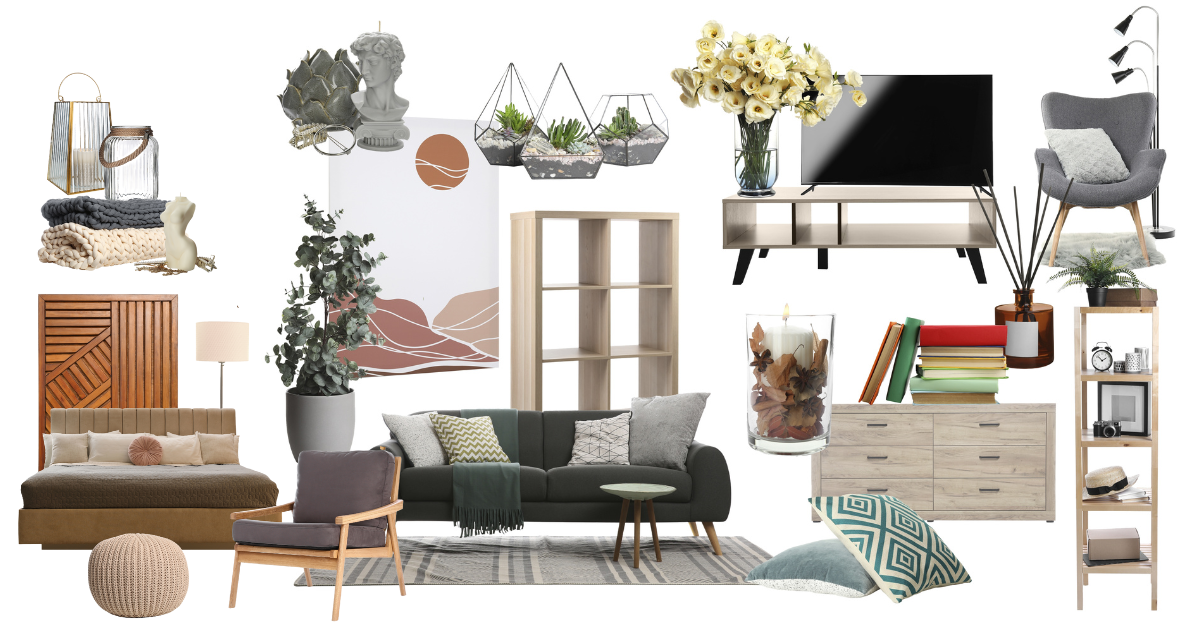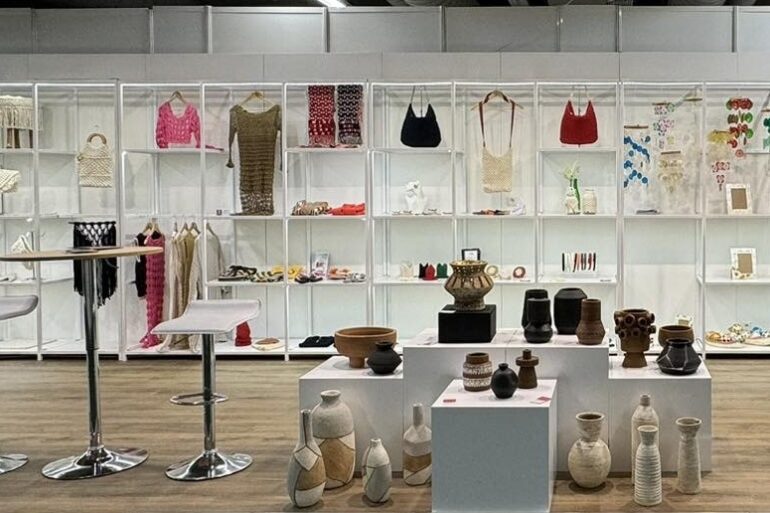While trends may be fleeting, the three design themes that emerged from Ambiente—Deep, Real, and Ease—signal a lasting shift toward authenticity and emotional resonance.
Last month’s Ambiente trade fair in Frankfurt, Germany highlighted design trends derived from fashion, art, interiors and lifestyle—and put together by the renowned design forecasting agency Stilbüro bora.herke.palmisano.
In their research for Messe Frankfurt, organizer of Ambiente, they found the themes that resonate with most people—and they’re styles that still the chaos of modern life. “This year, design is not about superficial trends or fleeting moments of glamour. It’s about creating environments that feel deeply personal, genuinely sustainable, and effortlessly comfortable,” according to Ambiente’s notes on the research.
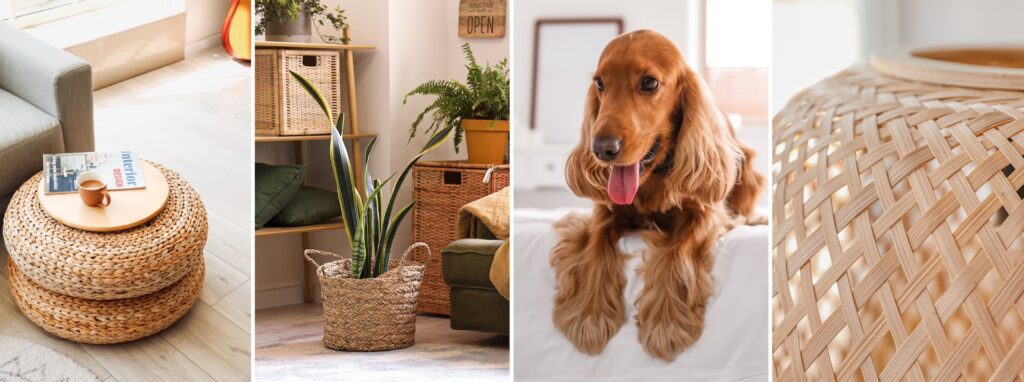
Ambiente showcases the key international styles in the consumer goods sector for all trend seekers. A valuable ordering aid for trade buyers from a wide range of retail sectors from all over the world is the Ambiente Trends 25+.
Home design is shifting toward creating environments that feel easy to live in, with an emphasis on function and comfort over style for style’s sake.
“The new trends revolve around intensive designs, joyful ideas and product developments that question norms and allow us to see the familiar from a new perspective. Craftsmanship, sustainability, the circular economy and innovative technologies are major design drivers that will win over consumers, retailers and commercial interior designers,” says Annetta Palmisano of Stilbüro bora.herke.palmisano.
People want their homes to be a place for connection, comfort, and simplicity. “The trends at Ambiente 2025 reflect this shift in mindset, focusing on designs that are not just visually pleasing but emotionally fulfilling and deeply rooted in practicality,” the trade fair emphasized.
Related story: Young designers from Tarlac go global at Ambiente
Related story: Furniture show highlights the Philippines as an archipelago of design
Related story: The rise of quiet luxury in Philippine architecture
REAL: Authenticity in every detail
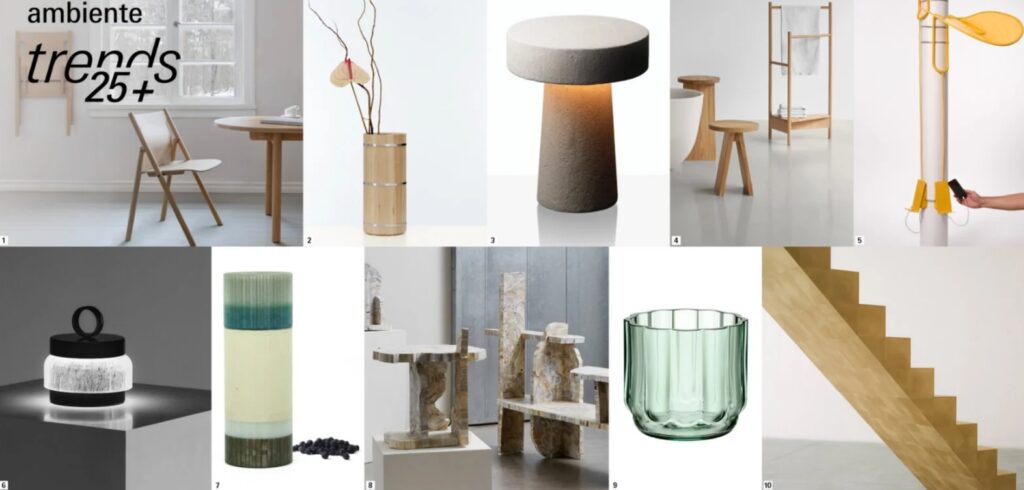
1. Faneeri folding chair by Jonas Forsman; 2. Stave by Aleksandra Maria Szewc; 3. REM lighting by WE+; 4. Kaldewei-Kollektion by Stefan Diez; 5. PowerPlant by Studio Nick Geipel & Charlotte von Ravenstein; 6. Parigi 142 table lamp by Fucina Frammenti; 7. Dolores Pfeffermühle by Isabelle Enders; 8. Transformed Remnants by Willem Zwiers; 9. Play Collection Play Bean VI decorative bowl by littala; 10. Flaxwood by Dzek with Christien Meindertsma
In 2025, interior design is shifting away from flawless perfection and embracing the charm of imperfection. The Japanese call it wabi-sabi, a movement that highlights raw, natural materials and finishes that tell a story over time. From reclaimed wood with its distinctive knots to natural stone with unique veining and leather that develops a rich patina, the focus is on authenticity and character.
Expect to see more honest materials in home décor: think unfinished ceramics, handwoven textiles, and custom-made, artisanal pieces. These elements connect the homeowner to the craft, to the history of the materials, and to a sense of honesty in their surroundings. This “realness” makes a home feel lived in, personal, and meaningful—embracing the imperfections that come with time and use.
The idea of a universal approach to home is being replaced by a more personalized approach to design. This isn’t about over-decorating or cluttering a space with overly individualistic items—but about making a home that resonates with the people who live there.
DEEP: Diving into nature and bringing tranquility

1. Rainy Day by Terrain Vague 2 Detail; 2. Clockwise by Michael Anastassiades for Tacchini; 3. Uma Candle by Cooee; 4. Adagio Grigio by Ronan Bouroullec; 5. Thoughts on Thickness, Hidden Side 10 by Hyejung Shin; 6. Astral by Faye Toogood; 8 Astra Mirrors by Clémence Birot; 9. Clockwise by Michael Anastassiades; 10. Cafetiere by Philipp Gröninger; 11. Ocean Bowl by Terrain Vague
DEEP is about “a warm, sublime living environment” that brings in a whole new “sensitivity to nature and craftsmanship.” The trend goes into sustainability beyond eco-friendly materials and energy-efficient appliances—sustainability here means creating designs that respect the earth and are in tune with the natural world. This isn’t about “greenwashing” design; it’s about a commitment to sustainability that’s tangible, responsible, and impactful.
Materials such as wood, ceramics, glass and metal, as well as new material creations appear in their own authentic colors. Night blue, eggshell ecru or green tea create an atmospheric effect. Metallic nuances such as matt silver, dark bronze or light gold luster also catch the light.
Designers are also focusing on products that have a story to tell. Whether it’s a piece of furniture made from reclaimed wood or fabrics dyed using organic processes, these elements provide a sense of connection and history, making the spaces feel more grounded and real.
Related story: Jar Concengco believes that good design will save the world
Related story: Design icons you must (finally) get for yourself this year
EASE: Comfort without compromise
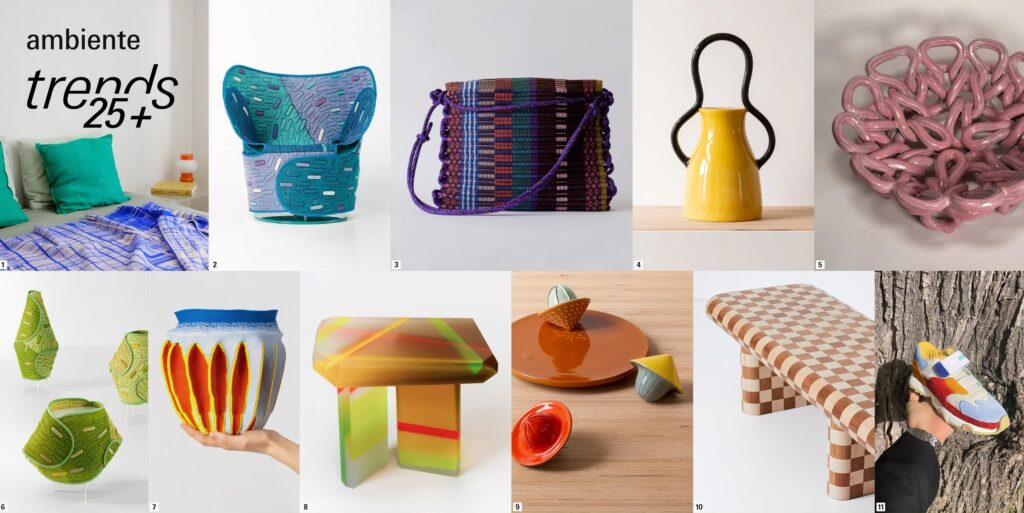
1. Beyond Bold Plaid Electric Blue by Emma Terweduwe; 2. Hana-Arashi armchair by Nendo for Paola Lenti; 3. Björk and Berries by Estelle Bourdet; 4. Pupa by Mathilde Bretillot; 5. Knitted Bowl by Milan Pekar; 6. Hana-Arashi floorlamp by Nendo; 7. Soft Objects by Gaspard Fleury-Dugy; 8. Flare coffee table #3 by Draga & Aurel x Todd Merrill Studio; 9. Cheese Platter and Juicers by Marta Bakowski; 10. Checkered Bench in solid cherry and maple wood by Studio Yellowdot; 11. Kids Sneakers by Neu-noi at House of Switzerland
As life becomes more hectic, there’s a growing desire for spaces that prioritize comfort and ease—spaces that invite you to relax, unwind, and truly be yourself. In 2025, home design is shifting toward creating environments that feel easy to live in, with an emphasis on function and comfort over style for style’s sake.
“Soft, tactile materials such as plush velvets, cozy knits, and buttery leathers are paired with simple, clean lines to create serene, welcoming spaces. Furniture is designed with ease in mind: modular sofas that adapt to your lifestyle, beds that support restful sleep, and ergonomic chairs that offer comfort whether you’re working, reading, or simply lounging.”
Additionally, tech-driven solutions are being integrated seamlessly into homes. Smart systems—such as voice-activated lighting and sound systems—are helping to make life easier without intruding on the natural flow of the home. The key is subtle integration: “technology should enhance ease, not complicate it.”
While many trends come and go, the need for functional, simple design remains constant. Smart storage solutions, multi-use furniture, and simple, clean lines are making their way into homes to reduce clutter and create more efficient spaces.

